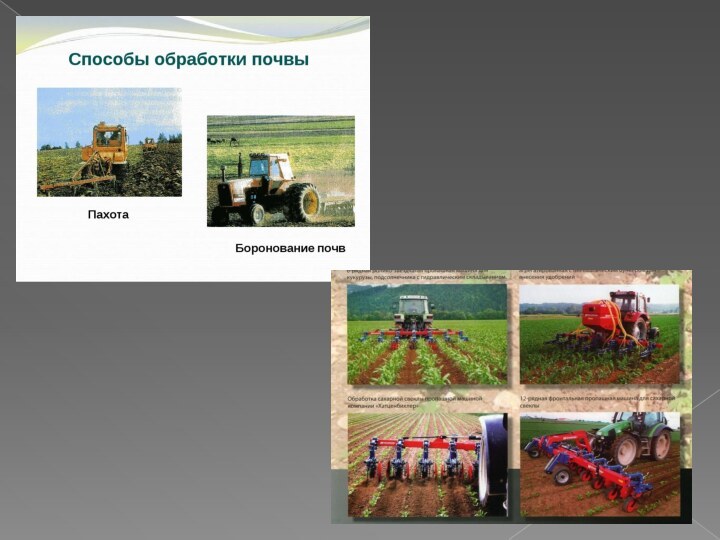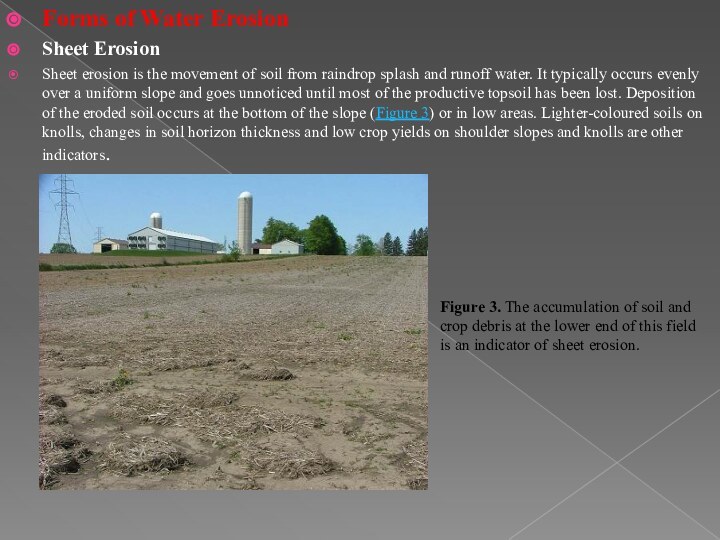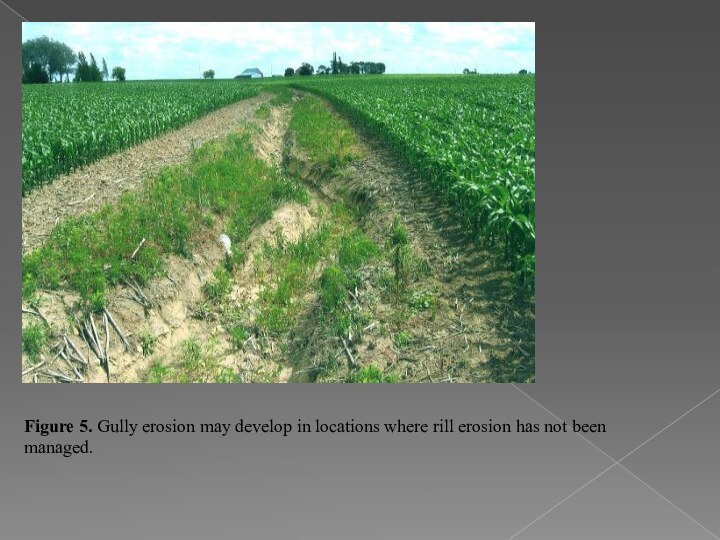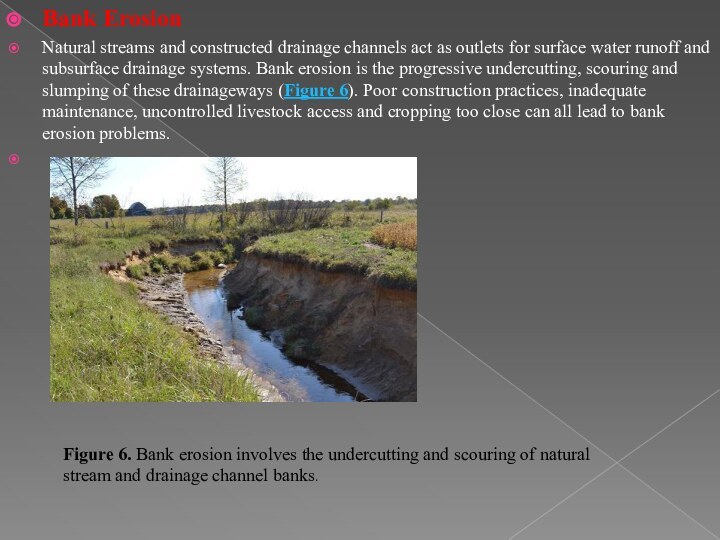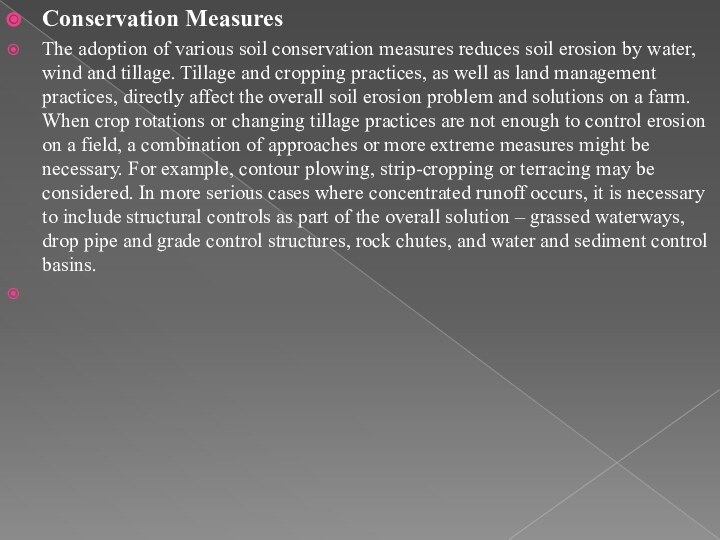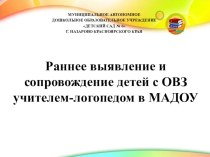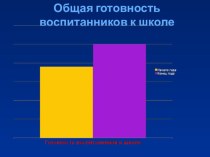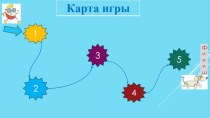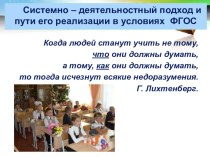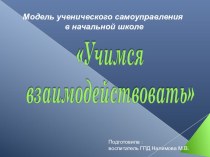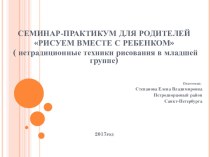Слайд 2
Soil erosion is a naturally occurring process that

affects all landforms. In agriculture, soil erosion refers to
the wearing away of a field's topsoil by the natural physical forces of water (Figure 1) and wind (Figure 2) or through forces associated with farming activities such as tillage.
Erosion, whether it is by water, wind or tillage, involves three distinct actions – soil detachment, movement and deposition. Topsoil, which is high in organic matter, fertility and soil life, is relocated elsewhere "on-site" where it builds up over time or is carried "off-site" where it fills in drainage channels. Soil erosion reduces cropland productivity and contributes to the pollution of adjacent watercourses, wetlands and lakes. Soil erosion can be a slow process that continues relatively unnoticed or can occur at an alarming rate, causing serious loss of topsoil. Soil compaction, low organic matter, loss of soil structure, poor internal drainage, salinisation and soil acidity problems are other serious soil degradation conditions that can accelerate the soil erosion process.
This Factsheet looks at the causes and effects of water, wind and tillage erosion on agricultural land.
Figure 1. The erosive force of water from concentrated surface water runoff.
Слайд 3
Water Erosion
The widespread occurrence of water erosion combined

with the severity of on-site and off-site impacts have
made water erosion the focus of soil conservation efforts in Ontario.
The rate and magnitude of soil erosion by water is controlled by the following factors:
Rainfall and Runoff
The greater the intensity and duration of a rainstorm, the higher the erosion potential. The impact of raindrops on the soil surface can break down soil aggregates and disperse the aggregate material. Lighter aggregate materials such as very fine sand, silt, clay and organic matter are easily removed by the raindrop splash and runoff water; greater raindrop energy or runoff amounts are required to move larger sand and gravel particles.
Soil movement by rainfall (raindrop splash) is usually greatest and most noticeable during short-duration, high-intensity thunderstorms. Although the erosion caused by long-lasting and less-intense storms is not usually as spectacular or noticeable as that produced during thunderstorms, the amount of soil loss can be significant, especially when compounded over time.
Figure 2. The erosive force of wind on an open field.
Слайд 4
Soil Erodibility
Soil erodibility is an estimate of the
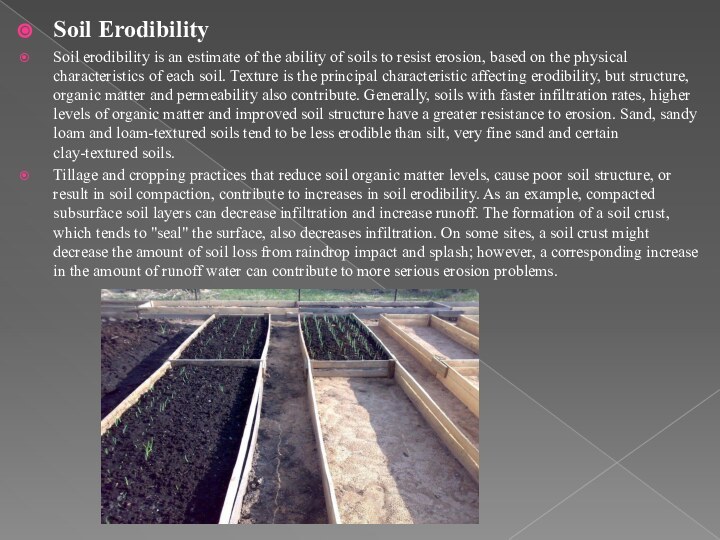
ability of soils to resist erosion, based on the
physical characteristics of each soil. Texture is the principal characteristic affecting erodibility, but structure, organic matter and permeability also contribute. Generally, soils with faster infiltration rates, higher levels of organic matter and improved soil structure have a greater resistance to erosion. Sand, sandy loam and loam-textured soils tend to be less erodible than silt, very fine sand and certain clay-textured soils.
Tillage and cropping practices that reduce soil organic matter levels, cause poor soil structure, or result in soil compaction, contribute to increases in soil erodibility. As an example, compacted subsurface soil layers can decrease infiltration and increase runoff. The formation of a soil crust, which tends to "seal" the surface, also decreases infiltration. On some sites, a soil crust might decrease the amount of soil loss from raindrop impact and splash; however, a corresponding increase in the amount of runoff water can contribute to more serious erosion problems.
Слайд 5
Slope Gradient and Length
The steeper and longer the

slope of a field, the higher the risk for
erosion. Soil erosion by water increases as the slope length increases due to the greater accumulation of runoff. Consolidation of small fields into larger ones often results in longer slope lengths with increased erosion potential, due to increased velocity of water, which permits a greater degree of scouring (carrying capacity for sediment).
Cropping and Vegetation
The potential for soil erosion increases if the soil has no or very little vegetative cover of plants and/or crop residues. Plant and residue cover protects the soil from raindrop impact and splash, tends to slow down the movement of runoff water and allows excess surface water to infiltrate.
The erosion-reducing effectiveness of plant and/or crop residues depends on the type, extent and quantity of cover. Vegetation and residue combinations that completely cover the soil and intercept all falling raindrops at and close to the surface are the most efficient in controlling soil erosion (e.g., forests, permanent grasses). Partially incorporated residues and residual roots are also important as these provide channels that allow surface water to move into the soil.
Слайд 6
Tillage Practices
The potential for soil erosion by water
is affected by tillage operations, depending on the depth,
direction and timing of plowing, the type of tillage equipment and the number of passes. Generally, the less the disturbance of vegetation or residue cover at or near the surface, the more effective the tillage practice in reducing water erosion. Minimum till or no-till practices are effective in reducing soil erosion by water.
Tillage and other practices performed up and down field slopes creates pathways for surface water runoff and can accelerate the soil erosion process. Cross-slope cultivation and contour farming techniques discourage the concentration of surface water runoff and limit soil movement.
Слайд 8
Forms of Water Erosion
Sheet Erosion
Sheet erosion is the
movement of soil from raindrop splash and runoff water.
It typically occurs evenly over a uniform slope and goes unnoticed until most of the productive topsoil has been lost. Deposition of the eroded soil occurs at the bottom of the slope (Figure 3) or in low areas. Lighter-coloured soils on knolls, changes in soil horizon thickness and low crop yields on shoulder slopes and knolls are other indicators.
Figure 3. The accumulation of soil and crop debris at the lower end of this field is an indicator of sheet erosion.
Слайд 9
Rill Erosion
Rill erosion results when surface water runoff
concentrates, forming small yet well-defined channels (Figure 4). These
distinct channels where the soil has been washed away are called rills when they are small enough to not interfere with field machinery operations. In many cases, rills are filled in each year as part of tillage operations.
Figure 4. The distinct path where the soil has been washed away by surface water runoff is an indicator of rill erosion.
Слайд 10
Gully Erosion
Gully erosion is an advanced stage of
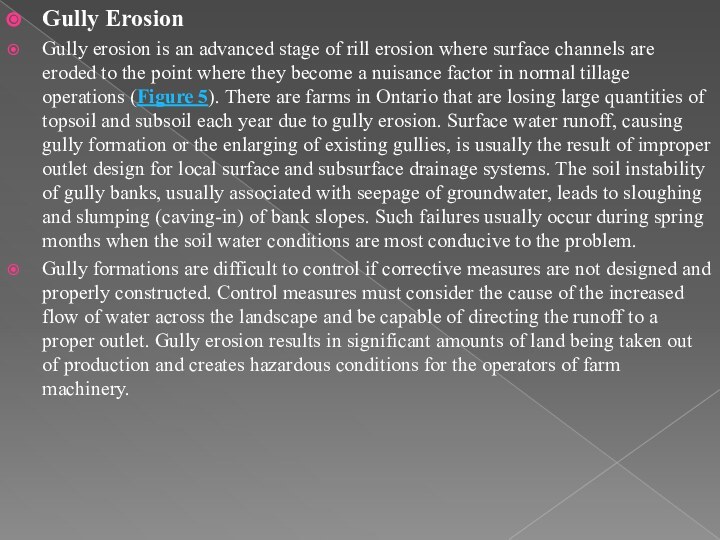
rill erosion where surface channels are eroded to the
point where they become a nuisance factor in normal tillage operations (Figure 5). There are farms in Ontario that are losing large quantities of topsoil and subsoil each year due to gully erosion. Surface water runoff, causing gully formation or the enlarging of existing gullies, is usually the result of improper outlet design for local surface and subsurface drainage systems. The soil instability of gully banks, usually associated with seepage of groundwater, leads to sloughing and slumping (caving-in) of bank slopes. Such failures usually occur during spring months when the soil water conditions are most conducive to the problem.
Gully formations are difficult to control if corrective measures are not designed and properly constructed. Control measures must consider the cause of the increased flow of water across the landscape and be capable of directing the runoff to a proper outlet. Gully erosion results in significant amounts of land being taken out of production and creates hazardous conditions for the operators of farm machinery.
Слайд 11
Figure 5. Gully erosion may develop in locations where
rill erosion has not been managed.
Слайд 12
Bank Erosion
Natural streams and constructed drainage channels act
as outlets for surface water runoff and subsurface drainage
systems. Bank erosion is the progressive undercutting, scouring and slumping of these drainageways (Figure 6). Poor construction practices, inadequate maintenance, uncontrolled livestock access and cropping too close can all lead to bank erosion problems.
Figure 6. Bank erosion involves the undercutting and scouring of natural stream and drainage channel banks.
Слайд 13
Effects of Water Erosion
On-Site
The implications of soil erosion
by water extend beyond the removal of valuable topsoil.
Crop emergence, growth and yield are directly affected by the loss of natural nutrients and applied fertilizers. Seeds and plants can be disturbed or completely removed by the erosion. Organic matter from the soil, residues and any applied manure, is relatively lightweight and can be readily transported off the field, particularly during spring thaw conditions. Pesticides may also be carried off the site with the eroded soil.
Soil quality, structure, stability and texture can be affected by the loss of soil. The breakdown of aggregates and the removal of smaller particles or entire layers of soil or organic matter can weaken the structure and even change the texture. Textural changes can in turn affect the water-holding capacity of the soil, making it more susceptible to extreme conditions such as drought.
Слайд 15
Off-Site
The off-site impacts of soil erosion by water
are not always as apparent as the on-site effects.
Eroded soil, deposited down slope, inhibits or delays the emergence of seeds, buries small seedlings and necessitates replanting in the affected areas. Also, sediment can accumulate on down-slope properties and contribute to road damage.
Sediment that reaches streams or watercourses can accelerate bank erosion, obstruct stream and drainage channels, fill in reservoirs, damage fish habitat and degrade downstream water quality. Pesticides and fertilizers, frequently transported along with the eroding soil, contaminate or pollute downstream water sources, wetlands and lakes. Because of the potential seriousness of some of the off-site impacts, the control of "non-point" pollution from agricultural land is an important consideration.
Слайд 16
Wind Erosion
Wind erosion occurs in susceptible areas of
Ontario but represents a small percentage of land –
mainly sandy and organic or muck soils. Under the right conditions it can cause major losses of soil and property (Figure 7).
Figure 7. Wind erosion can be severe on long, unsheltered, smooth soil surfaces.
Слайд 17
Soil Erodibility
Very fine soil particles are carried high

into the air by the wind and transported great
distances (suspension). Fine-to-medium size soil particles are lifted a short distance into the air and drop back to the soil surface, damaging crops and dislodging more soil (saltation). Larger-sized soil particles that are too large to be lifted off the ground are dislodged by the wind and roll along the soil surface (surface creep). The abrasion that results from windblown particles breaks down stable surface aggregates and further increases the soil erodibility.
Soil Surface Roughness
Soil surfaces that are not rough offer little resistance to the wind. However, ridges left from tillage can dry out more quickly in a wind event, resulting in more loose, dry soil available to blow. Over time, soil surfaces become filled in, and the roughness is broken down by abrasion. This results in a smoother surface susceptible to the wind. Excess tillage can contribute to soil structure breakdown and increased erosion.
Climate
The speed and duration of the wind have a direct relationship to the extent of soil erosion. Soil moisture levels are very low at the surface of excessively drained soils or during periods of drought, thus releasing the particles for transport by wind. This effect also occurs in freeze-drying of the soil surface during winter months. Accumulation of soil on the leeward side of barriers such as fence rows, trees or buildings, or snow cover that has a brown colour during winter are indicators of wind erosion.
Слайд 18
Unsheltered Distance
A lack of windbreaks (trees, shrubs, crop
residue, etc.) allows the wind to put soil particles
into motion for greater distances, thus increasing abrasion and soil erosion. Knolls and hilltops are usually exposed and suffer the most.
Vegetative Cover
The lack of permanent vegetative cover in certain locations results in extensive wind erosion. Loose, dry, bare soil is the most susceptible; however, crops that produce low levels of residue (e.g., soybeans and many vegetable crops) may not provide enough resistance. In severe cases, even crops that produce a lot of residue may not protect the soil.
The most effective protective vegetative cover consists of a cover crop with an adequate network of living windbreaks in combination with good tillage, residue management and crop selection.
Слайд 19
Effects of Wind Erosion
Wind erosion damages crops through
sandblasting of young seedlings or transplants, burial of plants
or seed, and exposure of seed. Crops are ruined, resulting in costly delays and making reseeding necessary. Plants damaged by sandblasting are vulnerable to the entry of disease with a resulting decrease in yield, loss of quality and market value. Also, wind erosion can create adverse operating conditions, preventing timely field activities.
Soil drifting is a fertility-depleting process that can lead to poor crop growth and yield reductions in areas of fields where wind erosion is a recurring problem. Continual drifting of an area gradually causes a textural change in the soil. Loss of fine sand, silt, clay and organic particles from sandy soils serves to lower the moisture-holding capacity of the soil. This increases the erodibility of the soil and compounds the problem.
Слайд 20
Tillage Erosion
Tillage erosion is the redistribution of soil
through the action of tillage and gravity (Figure 8).
It results in the progressive down-slope movement of soil, causing severe soil loss on upper-slope positions and accumulation in lower-slope positions. This form of erosion is a major delivery mechanism for water erosion. Tillage action moves soil to convergent areas of a field where surface water runoff concentrates. Also, exposed subsoil is highly erodible to the forces of water and wind. Tillage erosion has the greatest potential for the "on-site" movement of soil and in many cases can cause more erosion than water or wind.
Figure 8. Tillage erosion involves the progressive down-slope movement of soil.
Слайд 21
Type of Tillage Equipment
Tillage equipment that lifts and

carries will tend to move more soil. As an
example, a chisel plow leaves far more crop residue on the soil surface than the conventional moldboard plow but it can move as much soil as the moldboard plow and move it to a greater distance. Using implements that do not move very much soil will help minimize the effects of tillage erosion.
Direction
Tillage implements like a plow or disc throw soil either up or down slope, depending on the direction of tillage. Typically, more soil is moved while tilling in the down-slope direction than while tilling in the up-slope direction.
Speed and Depth
The speed and depth of tillage operations will influence the amount of soil moved. Deep tillage disturbs more soil, while increased speed moves soil further.
Number of Passes
Reducing the number of passes of tillage equipment reduces the movement of soil. It also leaves more crop residue on the soil surface and reduces pulverization of the soil aggregates, both of which can help resist water and wind erosion.
Слайд 23
Effects of Tillage Erosion
Tillage erosion impacts crop development
and yield. Crop growth on shoulder slopes and knolls
is slow and stunted due to poor soil structure and loss of organic matter and is more susceptible to stress under adverse conditions. Changes in soil structure and texture can increase the erodibility of the soil and expose the soil to further erosion by the forces of water and wind.
In extreme cases, tillage erosion includes the movement of subsurface soil. Subsoil that has been moved from upper-slope positions to lower-slope positions can bury the productive topsoil in the lower-slope areas, further impacting crop development and yield. Research related to tillage-eroded fields has shown soil loss of as much as 2 m of depth on upper-slope positions and yield declines of up to 40% in corn. Remediation for extreme cases involves the relocation of displaced soils to the upper-slope positions.






